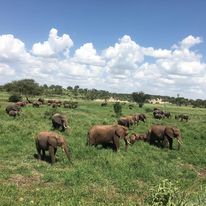Is Climbing Kilimanjaro Safe?
Overall, climbing Kilimanjaro is safe. It is a popular climb throughout the world, and the trails are well-maintained.
Mount Kilimanjaro is known as the most ‘walkable mountain’ in the world and is an excellent choice for novice climbers. That being said, there are some standard precautions anyone should consider for high altitude treks.
- Choose a route and appropriate number of days for your physical ability, fitness level and climbing experience.
If this is one of your first experiences climbing a mountain, go with a 7 or 8 day route, instead of a 5 or 6 day option. Your body needs time to acclimatize to the high elevation and you are more likely to reach the top. - Don’t try to ascend too quickly.
The most common reason climbers fail to reach the summit, or have to ascend for emergency treatment, is due to altitude sickness. This is usually caused by attempting to climb to a higher elevation before their body is ready. - Climb with an experienced mountain guide, who is certified in wilderness first aid and who knows the mountain.
We make sure to only use experienced guides who prioritize the safety of our clients. - Have daily health checks. On our treks, all climbers must participate in mandatory health checks of oxygen levels, heart rate and pulse. The guides will also ask about overall conditions, please share if you are experiencing headaches, unusual shortness of breath or other symptoms to help address altitude concerns before they become emergencies.
Every year, thousands of people successfully reach the top by the ‘slow and steady’ motto, instead of rushing to the peak. You can be one of the climbers at the top, too, by following these basic safety protocols.
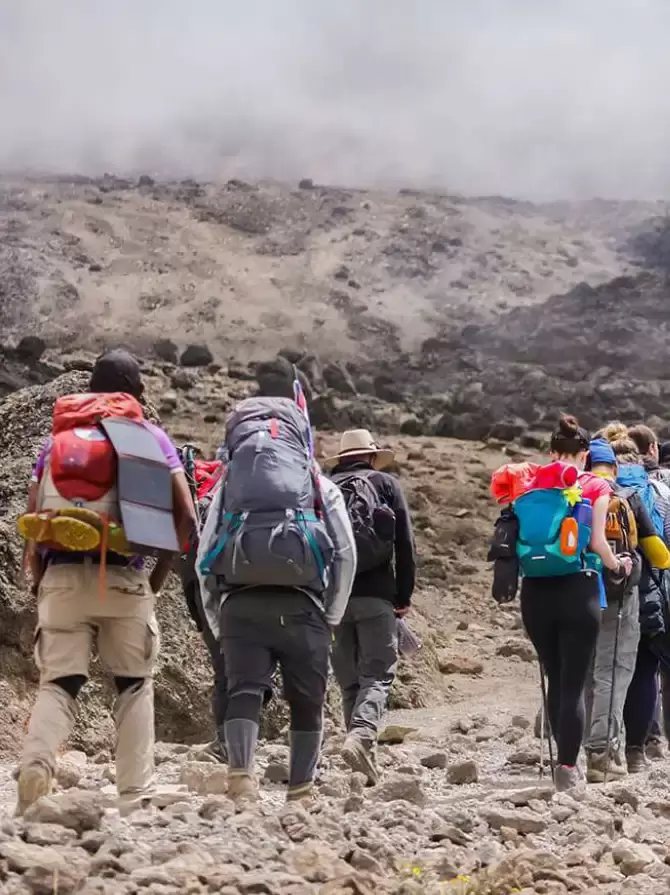
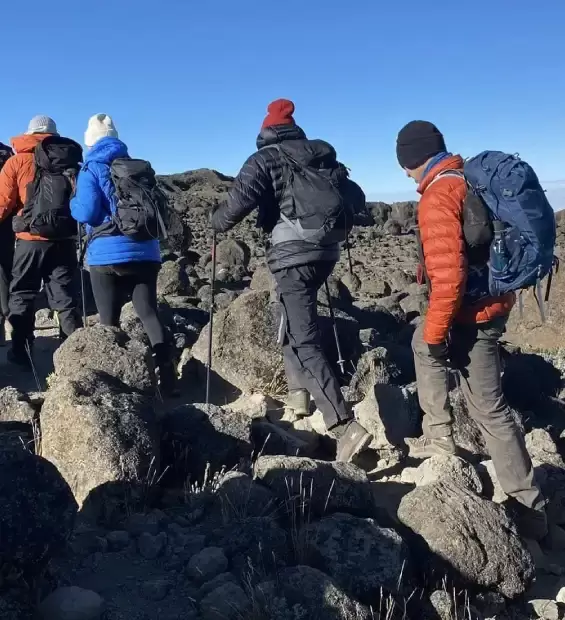
How To Stay Safe on Your Hike up Kilimanjaro
Choose a tour operator that is serious about safety and will not compromise your experience in order to cut costs.
To stay safe on your Kilimanjaro hike,
1. Acclimate properly
2. Stay hydrated
3. Pace yourself
4. Go with a professional guide
5. Wear appropriate gear
Be prepared for changing climates up the mountain
Listen to your body and report any symptoms of altitude sickness immediately. Prioritize safety for a successful climb.
Safety Tips for Climbing Kilimanjaro
Choose routes that allow for gradual ascent to reduce the risk of altitude sickness.
Drink plenty of water to prevent dehydration and help with acclimatization.
Wear layered clothing, waterproof outerwear, and sturdy hiking boots.
Bring a headlamp, trekking poles, and high-energy snacks.
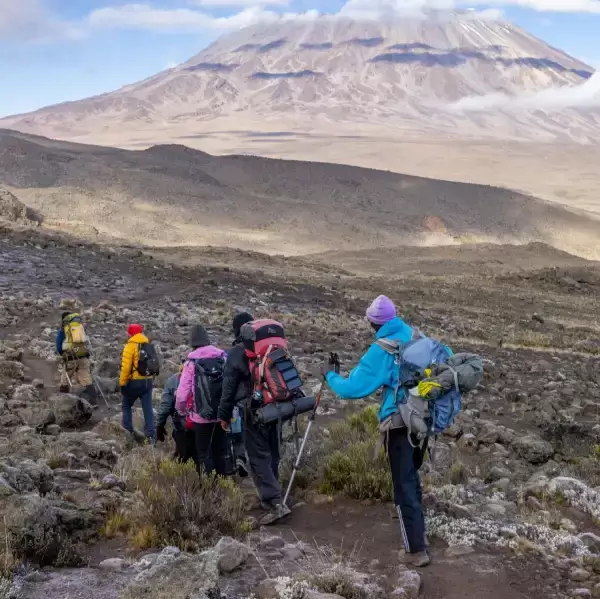
Have questions?
Get in touch!
Experience the epitome of luxury with our tailor-made holidays, crafted exclusively for you. Every detail of your bespoke escape is thoughtfully curated to match your unique preferences. Book your dream getaway today and indulge in unparalleled elegance and comfort.
Travel Guide To Kilimanjaro
When To Climb
The best time to climb Mount Kilimanjaro is during the dry season. Read More
Is Climbing Safe?
Only certified mountain guides with wilderness first aid training lead our treks. We are serious about safety and we prioritize good acclimatization for every trek.
What to Pack?
And, what you can rent on-location in Tanzania! No need to bring your own tent or trekking poles, we’ve got you covered.
How much does a Kilii Climb cost?
The average Kilimanjaro Climb ranges from $1500 to $5000 or more, depending on factors like group size, route, duration, and services.
Our Travellers Reviews
Outstanding tour operator
I can't say enough good things about Bryson and Petit Maasai. Bryson handled our last-minute trip to Tanzania like he'd been working on it for months instead of a handful of days after we connected about a week before our family arrived.Awsome
Exciting trip!!! Bryson made a private tour with masai mbome & we had a rest in mountains near Ngorongoro - everything was awsome!!! Morevover, all of our individual things we re made with great discount!Mike is great ranger too!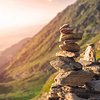
Kilimanjaro With Petit Maasai safaris- 5 stars!!!
We book 7 days Kilimanjaro with Petit Maasai safaris after having the safari with another company and we made it with a brilliant guide to the summit. We took the Lemosho route, starting in the rain forest and approached the camp via various tents campsites.
A great experience!
We did a safari in the northern parks of Tanzania with Petit Maasai Safaris and it was a great experience! The guide and the cook were really professional and nice with us, trying to make us feel comfortable and to satisfy our requests. Thanks a lot!